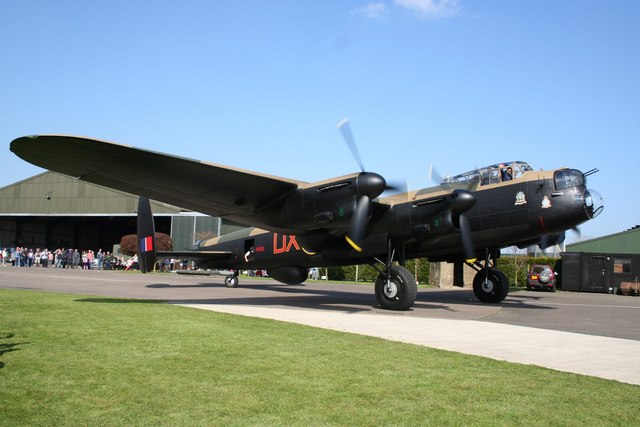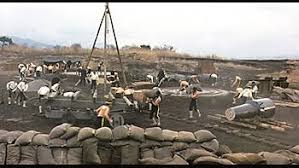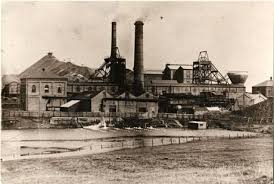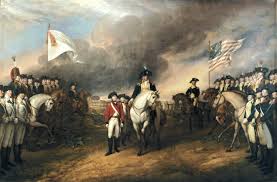The Lancaster Bomber: An Icon of World War II History

Introduction
The Lancaster Bomber, a British four-engine heavy bomber used during World War II, holds a prominent place in aviation history. Designed by Avro, the Lancaster became an iconic symbol of Britain’s contribution to the war effort alongside the Royal Air Force (RAF). Its effectiveness in night bombing raids, particularly during operations such as the famous ‘Dambusters’ raid, has solidified its legacy as one of the most revered aircraft of its time.
Historical Significance
Commissioned into service in 1942, the Avro Lancaster was developed to meet the Royal Air Force’s requirement for a powerful multi-role bomber. With its notable payload capacity of up to 22,000 pounds, it was capable of carrying both conventional bombs and specialized munitions, such as the bouncing bomb used in the Dambusters operation aimed at destroying key German dams.
Throughout its operational use, the Lancaster participated in numerous raids across Europe, targeting strategic locations including industrial sites, military installations, and urban centers. Its ability to operate at night provided a tactical advantage, protecting the aircraft and its crew from anti-aircraft fire. The Lancaster’s durability and innovative design, including features like the tall tail fin and broad wings, allowed it to survive engagements that would down lesser aircraft.
Enduring Legacy
The contribution of the Lancaster Bomber to the Allied victory cannot be overstated. By the end of the war, they had completed approximately 156,000 sorties, dropping over 600,000 tons of bombs, which played a crucial role in crippling German war efforts. Despite suffering heavy losses during missions, more than 7,000 Lancasters were produced, and many were preserved post-war, becoming symbols of courage and sacrifice.
Today, the Lancaster Bomber remains an enduring symbol of British aviation heritage. Many beautifully restored models can be seen in airshows worldwide, while the Royal Air Force’s Battle of Britain Memorial Flight continues to operate flying examples, allowing new generations to appreciate the engineering marvel’s significance.
Conclusion
The Lancaster Bomber’s engineering excellence, coupled with its critical role in World War II, ensures it takes its place as a national treasure in Britain and a subject of global historical interest. As we continue to reflect on its impact, the Lancaster serves not only as a reminder of the past but also as an inspiration for current and future generations to understand the complex narratives of wartime bravery and innovation in aviation.









